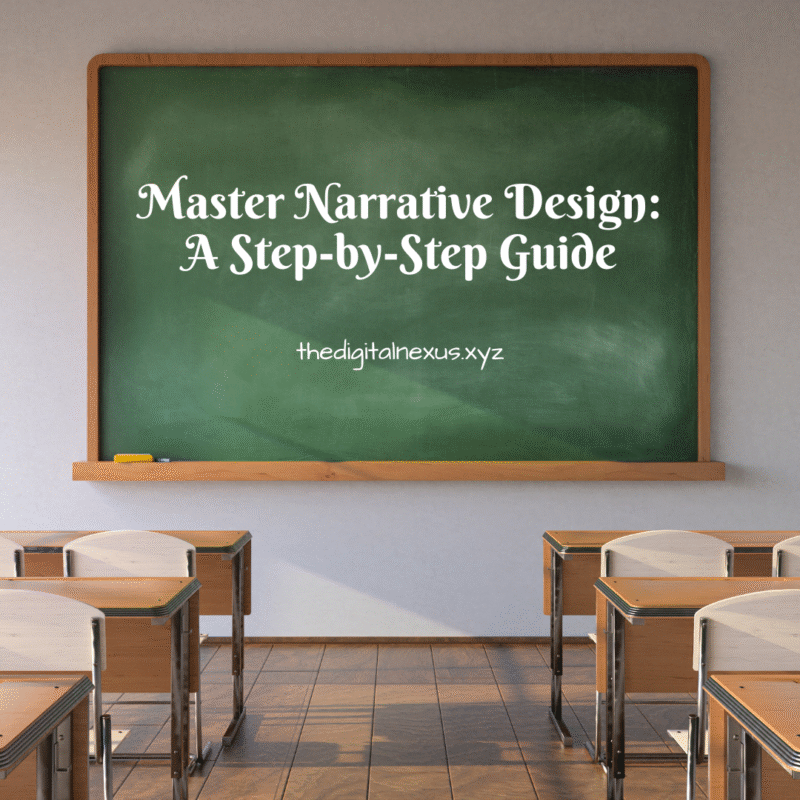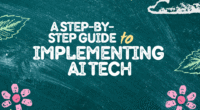Behind every captivating photograph, every memorable logo, and every viral social media post, there is a story. The silent, powerful force that transforms a simple visual into an emotional experience is narrative design. It’s the art and craft of weaving a story into a medium, creating a connection that resonates deeply with an audience. For creators in the digital age—from graphic designers and photographers to AI artists—mastering narrative design is no longer a niche skill, but an essential tool for making your work stand out.
This guide will demystify the principles of narrative design, providing you with a step-by-step process and a practical study roadmap to begin telling more compelling stories through your work.
The Core Elements: Deconstructing Story
At its heart, narrative design borrows from the timeless principles of storytelling. To build a narrative, you need to understand its fundamental components.
1. Theme: The “Why” of Your Story
The theme is the central idea or message your work is trying to convey. It’s the underlying concept that gives your creation meaning. Is it about connection, loneliness, adventure, or tranquility? Defining your theme is the first and most important step, as it will guide all your other creative decisions.
2. Character: The Emotional Anchor
Every story needs a character for the audience to connect with. This doesn’t have to be a person. It can be an object, a product, or even a brand. The key is to give your subject a personality, a goal, or a struggle. In a photograph, a lone, weathered tree can be a character symbolizing resilience.
3. Setting: The World of the Narrative
The setting is the “where” and “when” of your story. It provides context, establishes mood, and can even act as a character itself. A bustling city street tells a very different story than a serene forest. A skilled narrative designer uses the environment to enhance the theme and influence the audience’s emotional state.
4. Conflict and Resolution: The Narrative Arc
Conflict is the engine of story. It’s the challenge the character faces, the question that needs an answer, or the tension that needs release. A compelling visual often implies a moment of conflict or the peace that comes with its resolution. This arc—from problem to solution, from chaos to order—is what keeps an audience engaged.
A Practical Roadmap for Your Narrative Design Journey
Learning narrative design is an ongoing process of study and practice. This roadmap breaks the journey down into manageable phases for beginners.
Phase 1: The Foundations of Story (Weeks 1-2)
- Study the Masters: Begin by immersing yourself in the fundamentals of storytelling. A phenomenal, free resource is Khan Academy’s “Pixar in a Box,” which teaches storytelling from the best in the business.
- Become an Active Observer: Analyze the narratives in your favorite films, photographs, and advertisements. Ask yourself: What is the theme? Who is the character? What is the conflict? Deconstruct how these elements work together.
Phase 2: Hands-On Application (Weeks 3-4)
- Create a Photo Series: Don’t just take one picture; take three or five that tell a simple story. Show a character before, during, and after a significant event.
- Design with Intent: Whether you’re creating a social media post or a simple graphic, start with a narrative goal. Plan a beginning, middle, and end for your visual.
- Write Narrative AI Prompts: Use your storytelling skills to create more compelling AI images. Instead of just describing an object, describe a scene with a character, setting, and mood. For more on this, review our guide to creating stunning images with AI prompts.
Phase 3: Deepening the Craft (Ongoing)
- Master the Visual Language: Deepen your understanding of composition, color theory, and lighting. These are the grammatical rules of your visual stories. Study how different choices evoke different emotions.
- Seek and Give Feedback: Share your work with peers and ask them what story they see in it. Hearing different interpretations is one of the fastest ways to learn how to communicate your intended narrative more clearly.
Your Story Begins Now
Narrative design is a skill that elevates your work from merely being seen to being felt. By consciously applying the elements of theme, character, setting, and conflict, you can create visuals that are not only beautiful but also deeply meaningful. Start with the roadmap, be patient with your progress, and never stop observing the world through the lens of a storyteller.
What are your favorite examples of great narrative design in art or media? Share your thoughts and this study plan with others who are passionate about visual storytelling!







